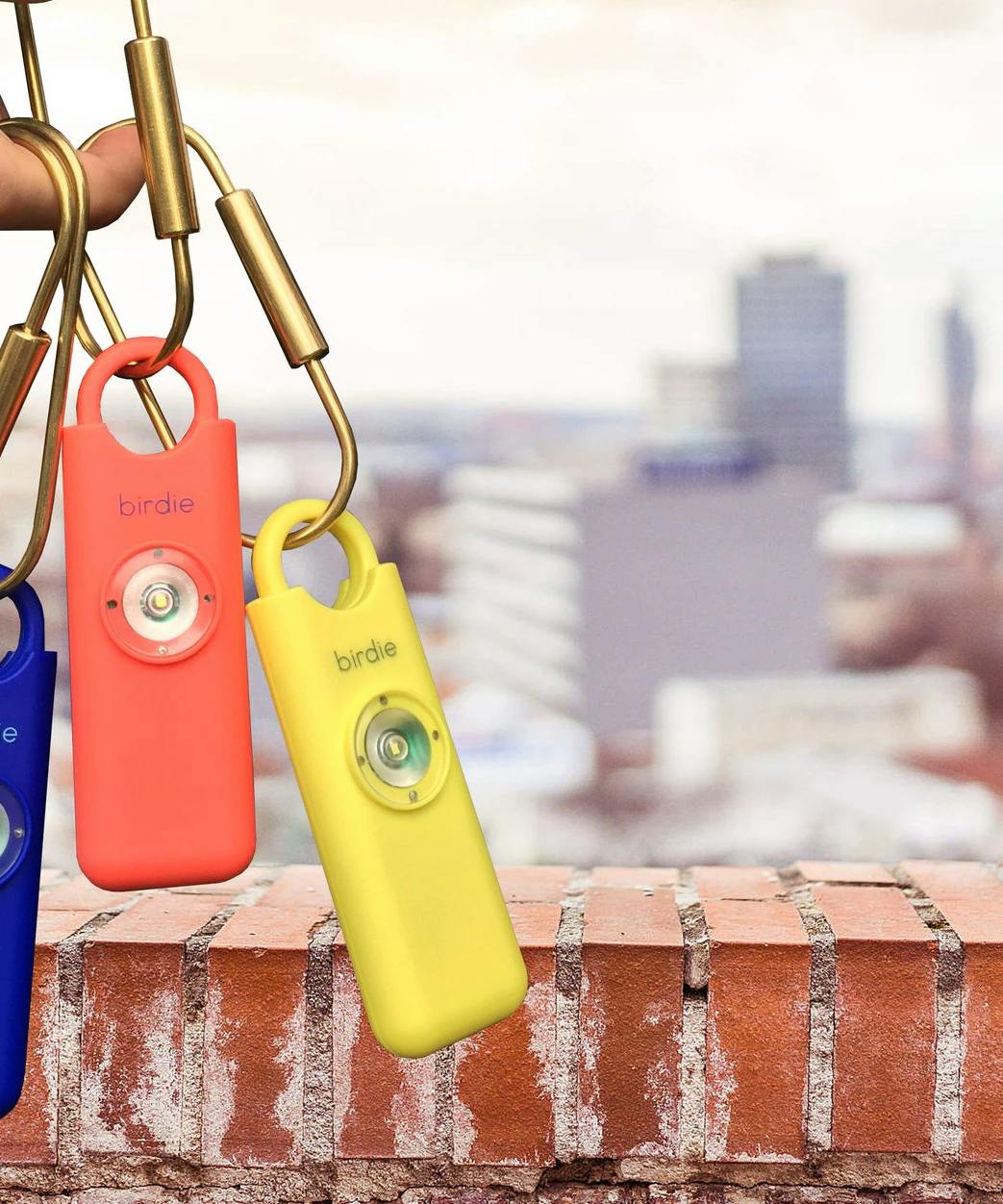Imperfect Self-Defense Tools Are Being Marketed As Great Solutions
No one walks alone at night, or in the dark, for fun. Especially not in a big city, where many people don’t know their own neighbors, much less care about them. When such an endeavor can be deadly, we need awareness around which tools are best to keep us safe — and which ones aren’t.

I’ve been in this situation myself. During my sophomore year in college, I was working on an end-of-semester project with a classmate. She and I noticed the time: a couple hours before midnight. We were uneasy with the idea of having to walk around downtown, just us two. It was about three blocks to the parking garage we were both at, and then we had to figure out how each of us could get to our cars safely, with one looking out for the other.
As we left the campus building, she pulled something out of her bag that resembled a stun baton. It dawned on me that I needed to look into self-defense tools myself. Years later, I came to favor tools that take 9mm or .45 ACP. But in my search for the perfect self-defense tool, I noticed that highly imperfect tools were being marketed as end-all-be-all solutions, further encouraged by the mainstream and trendy ads. Meanwhile, people rarely, if ever, publicly discussed their massive and potentially deadly downsides.
The Very Real Differences Between Men and Women
In the name of “female empowerment” (or something like that), the notion that men and women are fundamentally different is ignored in pop-culture. Gatorade came out with a commercial where female athlete Abby Wambach (two-time Olympic gold medalist soccer player) outperforms male athlete Usain Bolt (eight-time Olympic gold medalist and arguably the greatest sprinter of all time) — to the song “Anything You Can Do I Can Do Better.” It’s strange to draw a comparison between Wambach and Bolt. While she’s an amazing soccer player, Bolt is certainly faster than her.
A woman can defeat many women. But that rarely means that she can defeat a man.
Lucia “Lady Ali” Rijker, regarded as one of the greatest women kickboxers, was beaten by male journeyman kickboxer Somchai Jaedee — in just the second round of a boxing match, with Jaedee performing considerably well in the first round. In spite of Rijker’s undeniable skill and talent, biology’s a bitch. A woman can be great against many, or all other women. But that rarely means that she can take on many male opponents at all.
Why is this relevant to picking the best self-defense tool? Because we women have to consider how bigger, stronger, faster men could use these tools against us in a conflict. Buying into the culturally prevalent notion that women can be — and are — faster, stronger, better than their male counterparts could result in dangerous and potentially fatal situations.
The Serious Downsides That Get Ignored
When I searched “best self-defense tools for women,” one of the top hits took me to a blog post, laying out these tools: